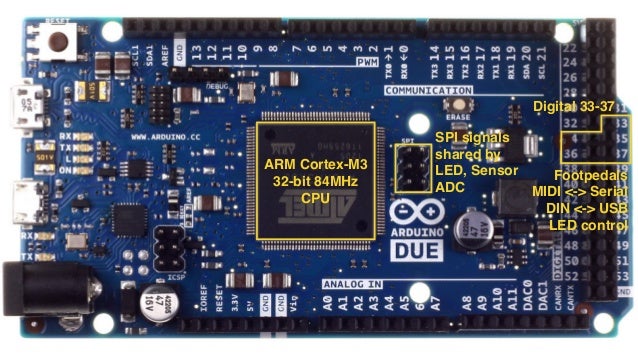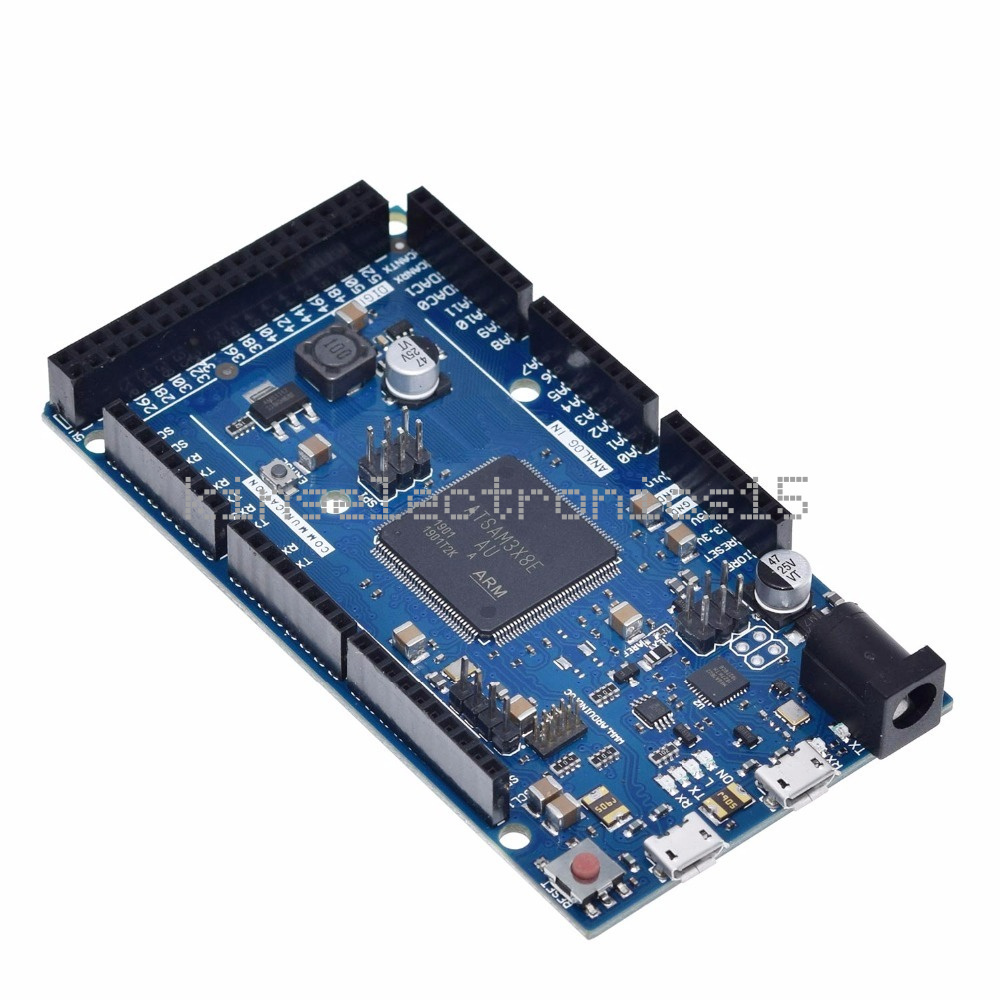

Similar tests starting at 115,200 had failed before using the original code version, but the new code proved to be working without problems.
ARDUINO ARM CORTEX PC
In a next step, I implemented the code into my embedded systems (LPC1754 and LPC1768) and tested the result by connecting the output (RS232) to a PC running the RealTerm software. I took the code as described there and modified it out of mere readability reasons.


LPC1768, uart using FDR at higher baud rates. So what to do? Again, I am not a hardware specialist, so I did some online research and after some hard work finally found the solution at this post: However, that will limit your program to only a single baud rate. There is a specific and well documented algorithm to determine the data for the DLL and DLM registers in reference to the desired baud rate, and any hardware specialist will be able to figure out the right data and hard-code it into the program. In all consequence, due to using an integer variable (uint16_t), we are dealing here with rounding errors that have greater impact at higher baud rates. FPCLK represents the system core clock, and it is being divided by 16 and is then divided by the desired baud rate. I have highlighted the problem section in red. The following is a simplified example, but the principle is the same with all examples I found. So let’s have a look at the standard code. The standard code used to program UARTs on ARM microcontrollers contains a bug that prevents the processor from properly supporting any baud rates above 115,200 bits/sec.Īnd the cause of the problem is very obvious (once you know what it is). In addition, I have seen forum inquiries pointing to similar problems with the Raspberry Pi 2 which uses a 900 Mhz Quad Core ARM Cortex-A7 CPU. I am not a hardware specialist, but I believe the UART programming is somewhat universal between all ARM processor types. And yes, they are all Cortex M3 processors. I have encountered baud rate problems using embedded systems with the NXP LPC1754 and LPC1768 as well as the Arduino Due with its Atmel SAM3X8E ARM Cortex-M3 CPU.
ARDUINO ARM CORTEX SERIAL
The outcome depends primarily on thorough testing of serial communication applications, but there is evidence to the contrary in popular systems like the Arduino Due and the Raspberry Pi. To say it upfront, I cannot confirm with 100% certainty that all ARM Cortex microcontrollers are affected by the UART programming problem as described in the following, but there are indications that make my assumption very probable.

ARD1939 - SAE J1939 Protocol Stack for Arduino, ESP32, Teensy.A Comprehensible Guide to Local Interconnect Network (LIN).A Brief Introduction to the SAE J1939 Protocol.A Brief Introduction to SAE J1708 and J1587.A Brief Introduction to Controller Area Network.
ARDUINO ARM CORTEX UPDATE


 0 kommentar(er)
0 kommentar(er)
